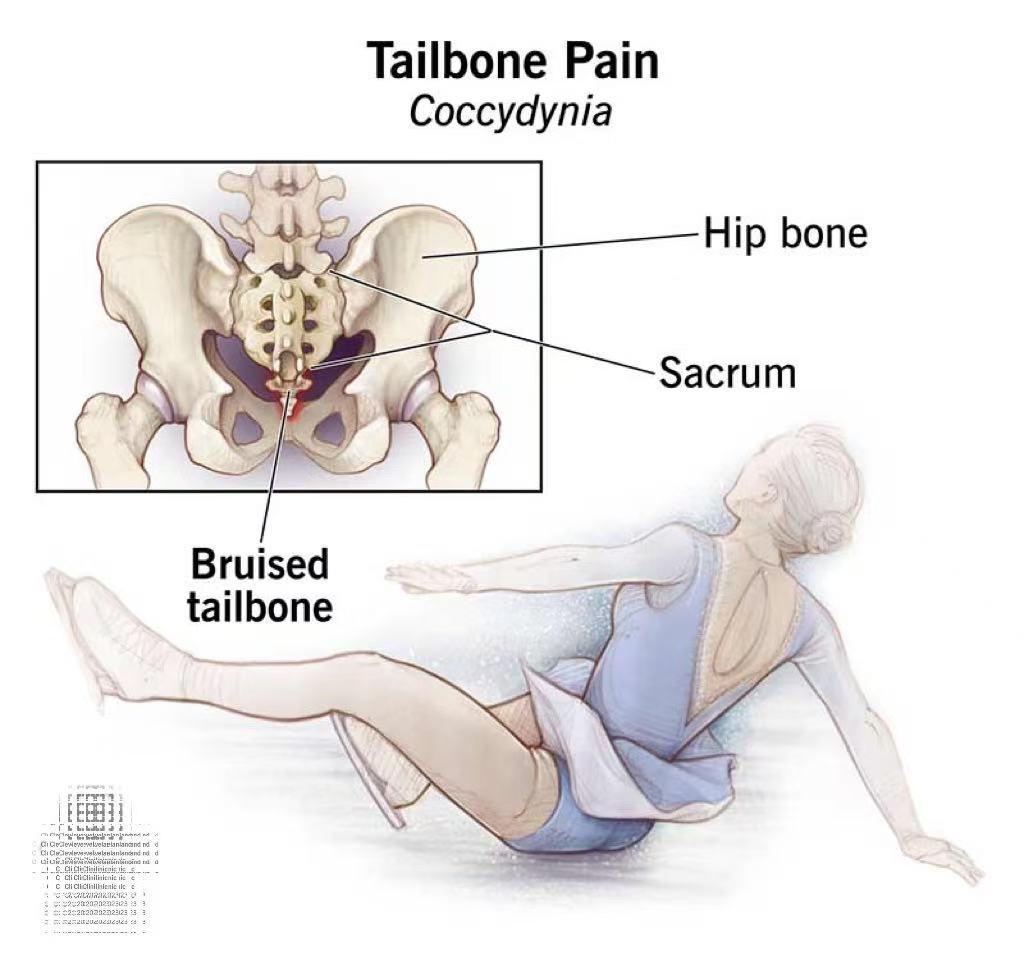The long-standing debate over optimal surgical approaches for anterior cruciate ligament (ACL) injuries reached a pivotal resolution with the 2022 American Journal of Sports Medicine publication "Anatomical vs Non-Anatomical ACL Reconstruction: 5-Year Follow-Up." This landmark study provides the most comprehensive evidence to date supporting anatomical ACL reconstruction as the superior technique for active patients, particularly athletes requiring rotational stability in cutting and pivoting sports.
The five-year randomized controlled trial followed 200 athletes aged 18-35, demonstrating compelling advantages of anatomical reconstruction. Most significantly, the anatomical approach showed a 42% reduction in graft failure rates (6% versus 10.3%) compared to traditional non-anatomical techniques. This difference became increasingly pronounced over time, with non-anatomical reconstructions showing higher late-stage failure rates between years 3-5 post-surgery. The study's 97% retention rate over five years lends exceptional credibility to these findings.
Beyond graft survival, anatomical reconstruction demonstrated superior functional outcomes. Patients reported higher satisfaction scores (89 versus 82 on IKDC scales) and showed significantly better rotational stability during pivot-shift testing. Perhaps most importantly for athletic populations, the return-to-sport rate reached 91% for anatomical reconstructions versus 79% for non-anatomical, with athletes returning to cutting sports approximately two months earlier on average.
The study also revealed compelling protective benefits against secondary joint damage. Anatomical reconstruction patients showed a 32% lower incidence of subsequent medial meniscus tears and less radiographic evidence of osteoarthritis progression—a critical finding given the well-documented link between ACL injury and premature joint degeneration.
These results validate the pioneering work of Dr. Freddie Fu and colleagues in developing anatomical ACL reconstruction principles. By precisely replicating the native ACL's two-bundle structure and individualized footprint, surgeons can better restore normal knee kinematics. The findings challenge outdated "one-size-fits-all" isometric techniques that fail to address rotational stability needs in athletic populations.
For sports medicine specialists, this study provides clear evidence to guide surgical decision-making. The demonstrated benefits in graft longevity, functional outcomes, and joint preservation make a compelling case for adopting anatomical reconstruction as the gold standard for active patients. As surgical training programs incorporate these techniques, athletes worldwide stand to benefit from more durable reconstructions and improved long-term joint health.
Reference:
Gifstad T, et al. Am J Sports Med. 2022;50(3):696-705. doi:10.1177/036354652211010




